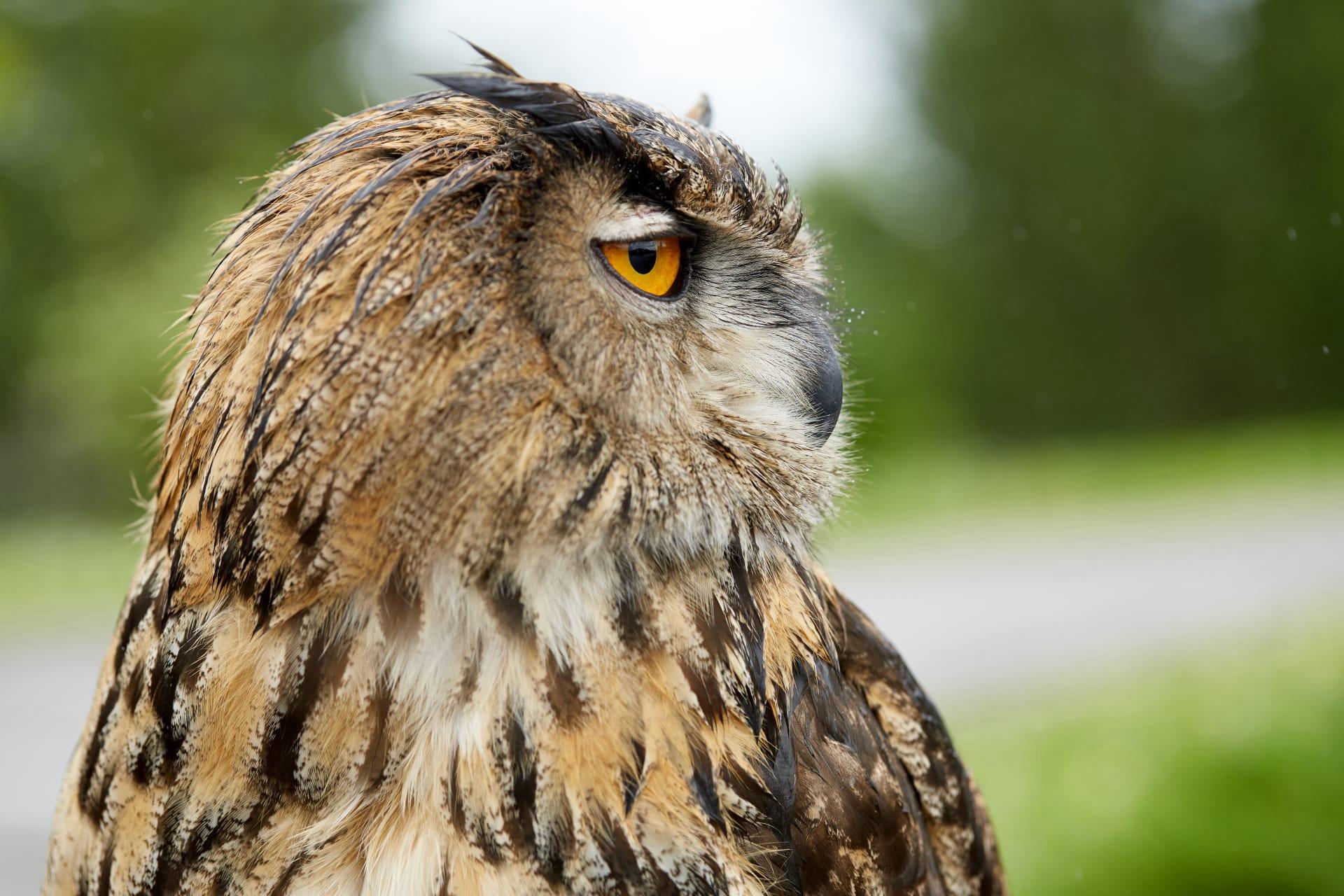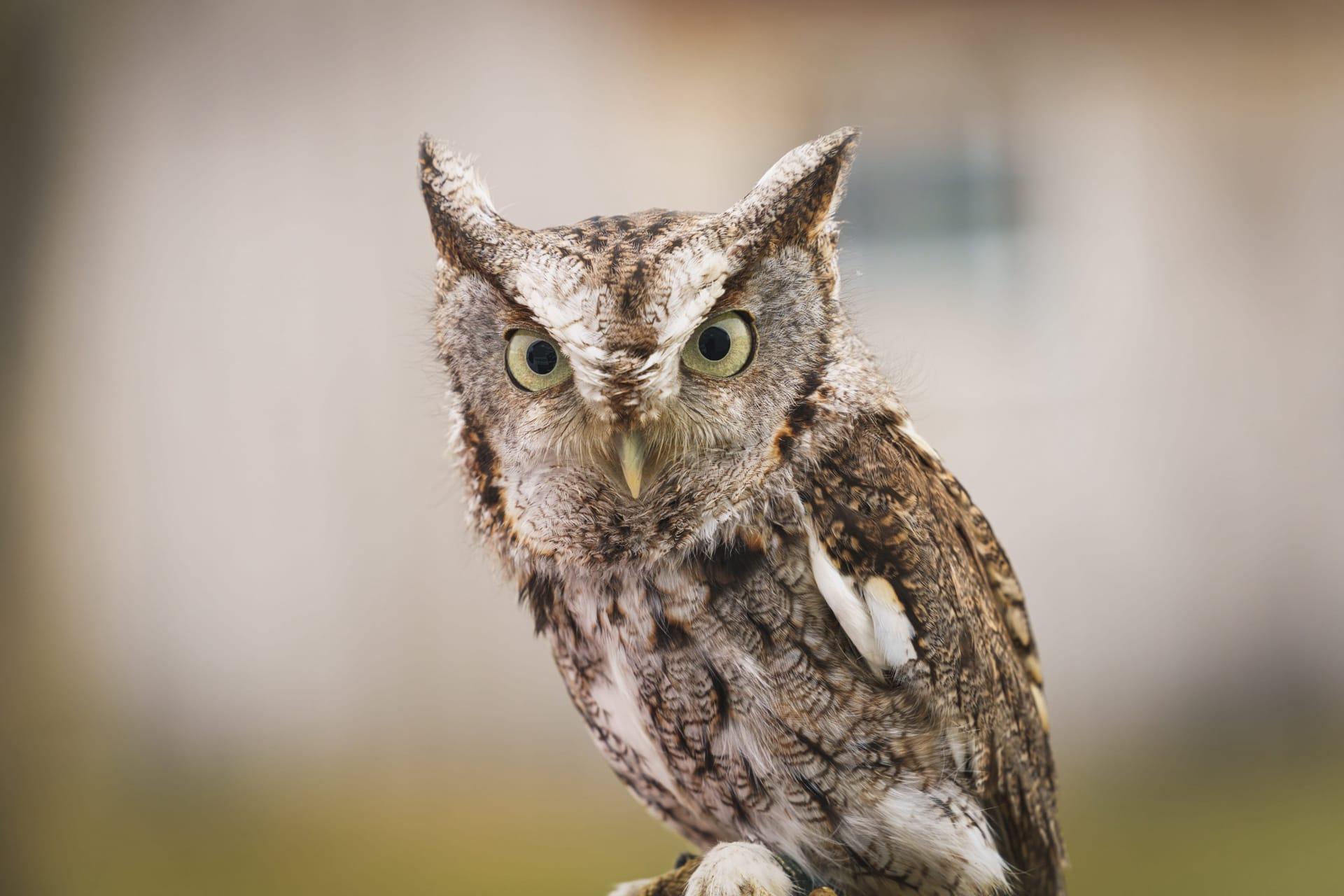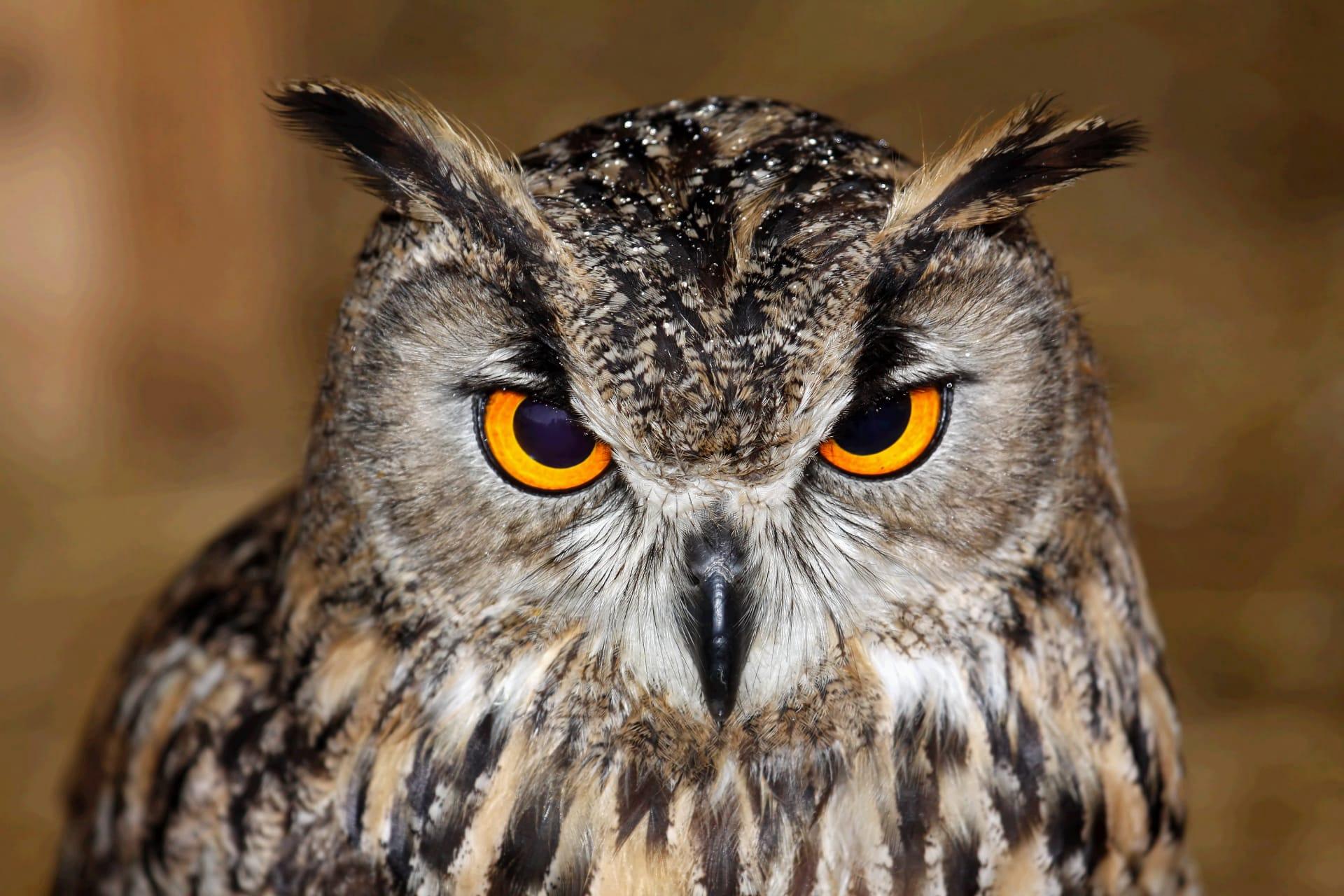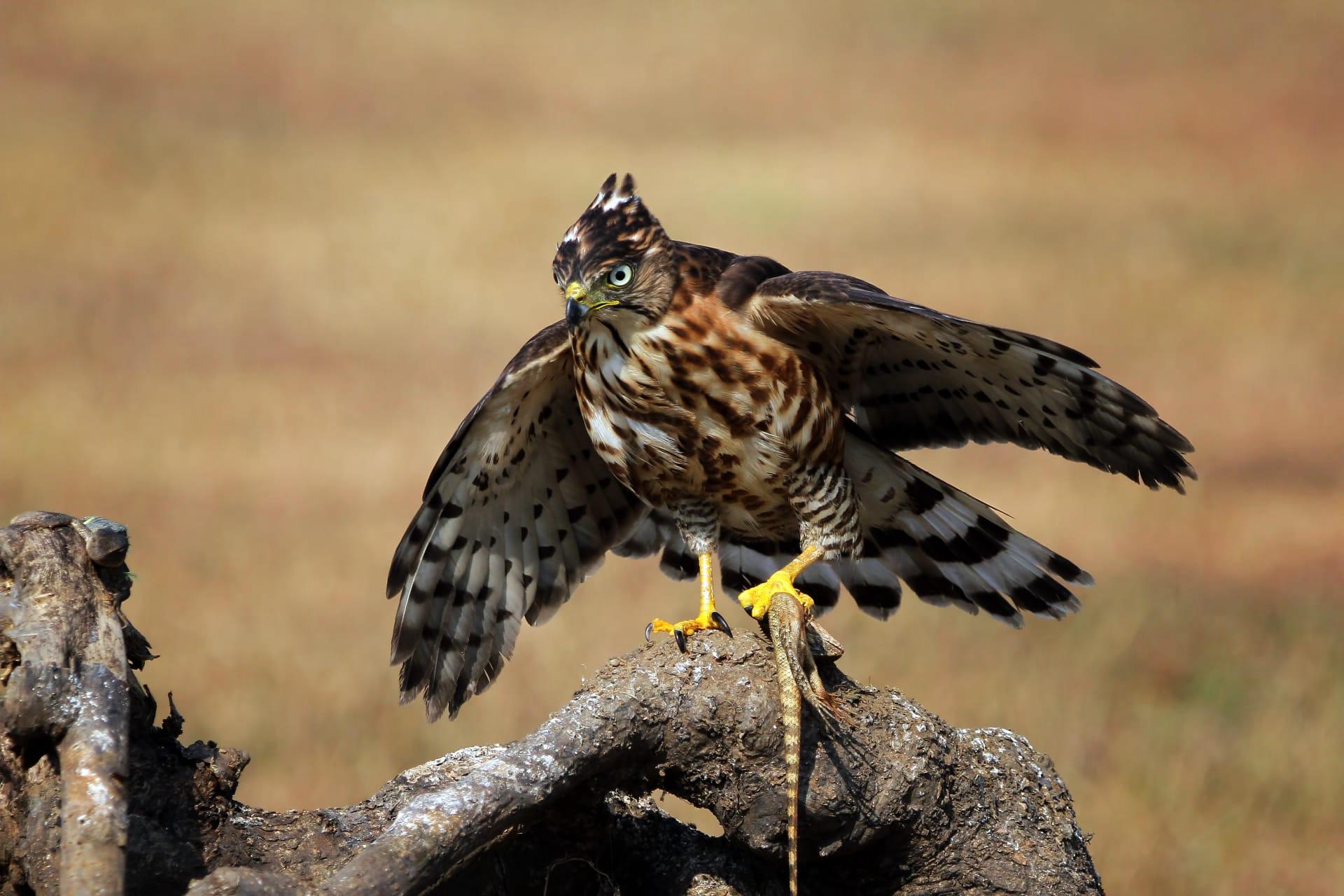Eagle Owl
- Home /
- Mini Encyclopedia /
- Animal /
- Eagle Owl
1
The Eagle Owl, scientifically known as Bubo bubo, belongs to the family Strigidae, which encompasses true owls or typical owls. This majestic bird stands out as one of the largest species of owls, with a wingspan that can stretch up to 6 feet 2 inches. Morphologically, it's distinguished by its prominent ear tufts, intense orange eyes, and a robust build. It's a nocturnal predator, equipped with exceptional night vision and acute hearing, adapted for hunting in the dark.
Eagle Owls have a vast geographical range, primarily across Europe and Asia. They inhabit a variety of environments, from coniferous forests in the north to warmer Mediterranean landscapes. Interestingly, their presence spans from Spain and Scandinavia in the west, extending through Russia and as far east as China. In terms of altitude, these birds are versatile, seen anywhere from sea level to mountainous regions, with some recorded at elevations over 6,500 feet.

2
Question: Do Eagle Owls hibernate during winter like some other bird species?
Answer: Contrary to common misconception, Eagle Owls do not hibernate. They are year-round active birds. Their thick plumage provides sufficient insulation against cold temperatures. During winter, they continue their regular activities, including hunting and territorial defense. Their diet, mainly consisting of small mammals and birds, is crucial in maintaining their energy levels throughout the colder months.

3
Eagle Owls employ a variety of survival strategies. Predominantly, they are solitary and territorial birds, with each owl maintaining a large hunting area of up to several square kilometers. Their excellent nocturnal vision and hearing make them formidable hunters. They primarily feed on small mammals, such as rodents, and occasionally larger prey like foxes or young deer.
Breeding is another key aspect of their survival. They usually nest on cliff ledges or in large tree cavities, laying up to six eggs. The female incubates the eggs while the male provides food. This division of labor is vital for the survival of their offspring, which are born blind and helpless.

4
In the ecosystem, the Eagle Owl plays a significant role as a top predator. By controlling the population of rodents and other small mammals, they maintain a crucial balance in their habitats. This predatory role helps in regulating the number of herbivores, indirectly influencing vegetation health and diversity.
Their presence also affects other predatory birds. Being at the apex of the food chain, Eagle Owls sometimes compete with other large raptors for food and territory. This competition can impact the population dynamics of these species, influencing the overall biodiversity in their ecosystems.

5
Film: "The Secret Life of the Owl" (United Kingdom, 2017) - This documentary delves into the mysterious world of owls, including the Eagle Owl. It provides insight into their nocturnal habits, hunting techniques, and the challenges they face in the wild.
Book: "Owls of the World: A Photographic Guide" (United States, 2012) by Heimo Mikkola. This comprehensive guide includes detailed information about the Eagle Owl, among other species, with vivid photographs and insights into their behavior and habitats.
Book: "The Enigma of the Owl: An Illustrated Natural History" (United States, 2016) by Mike Unwin and David Tipling. This book offers an in-depth look at owls, including the Eagle Owl. It combines stunning photography with fascinating facts about their ecology, mythology, and conservation.